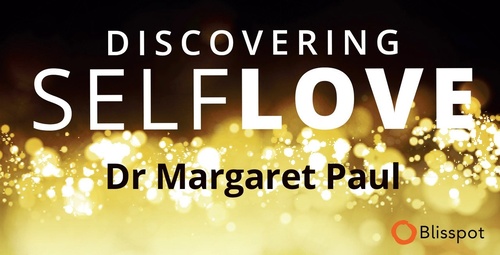There are two kinds of situations that can cause confusion:
1) You might feel confused when your wounded self is in charge and you are judging yourself. This confusion is telling you that your wounded self is telling you a lie.
2) You will likely feel confused when you are with someone else who is lying to you.
Confusion Stemming From Self-Judgment
In a session with Glenn, he told me about an incident involving his wife, Diana. Diana was telling him something while the TV was on, and he couldn’t focus on what she was saying. He became confused, and in his confusion, he got annoyed with her.
As we explored his annoyance, he became aware that he was judging himself coming from a false belief: “I should always know what to do.” His wounded self decided when he was very young that he was supposed to know what to do, since he often got punished for doing things wrong. So his feeling of confusion was not okay with him.

I asked him to go inside and lovingly embrace his feeling of confusion. Immediately he said, “My little boy is giggling in delight! He likes the feeling of confusion. It opens up his sense of wonder!”
“Glenn, are you willing to take your judgment off your feeling of confusion, and instead recognize that the feeling is informational?”
“Yes!”
“Now, go back to the situation and ask your Guidance what would be loving to your little boy in that situation with Diana?”
“I already know. I would say to Diana, ‘I can’t focus on what you are saying with the TV on. Do you mind if I turn it off?’ I can see that once I judged myself for feeling confused, I didn’t know what to do, so I got annoyed with her.”
Confusion Stemming From Someone Lying
In Scott Peck’s book, People of the Lie, he states that when we feel confused in an emotionally charged interaction with another person, this is an indication that the other person is likely lying. This is very valuable information from our inner child – our inner guidance – and not information we want to ignore. Of course, this does not apply if someone is offering us factual information, or teaching us something new, and we are confused because we are not yet familiar with the material.

What Are Some Of Your False Beliefs About Confusion?
- My confusion indicates that I’m stupid.
- The feeling of confusion is not acceptable to me because I’m supposed to always know what to do.
- If I attend to my confusion, I’m afraid that I still won’t know what to do. I’m afraid that my Guidance will not show up for me.
- If I honor my confusion, I might get taken advantage of.
- I don’t want to know when another person is lying, because then I will have to take care of myself in the face of it, and this is scary for me.
- Bad things happened to me as a child that caused much fear and confusion, and I’m afraid that if I feel my current confusion, I won’t be able to handle the feelings that come up.
- It’s easier to get angry, annoyed, resistant or compliant than to open to learning about what my confusion is telling me
Confusion Can be a Wounded Feeling 0r a Core Feeling of Life
The feeling of confusion can either come from our wounded self lying to us, or from someone else lying to us. When we are lying to ourselves, the confusion is a wounded feeling, but when someone else is lying to us, the feeling is a core feeling, since it is being caused by another person.
Like fear, which can come from the lies we are telling ourselves, or from an external source that indicates real and present danger, confusion can come from both internal and external sources. In either case, it is an important feeling to pay attention to, as it indicates that there is something important to attend to. The confusion that we cause indicates that we are out of alignment with love and truth, and the confusion caused by another may indicate that he or she is out of alignment with love and truth.








